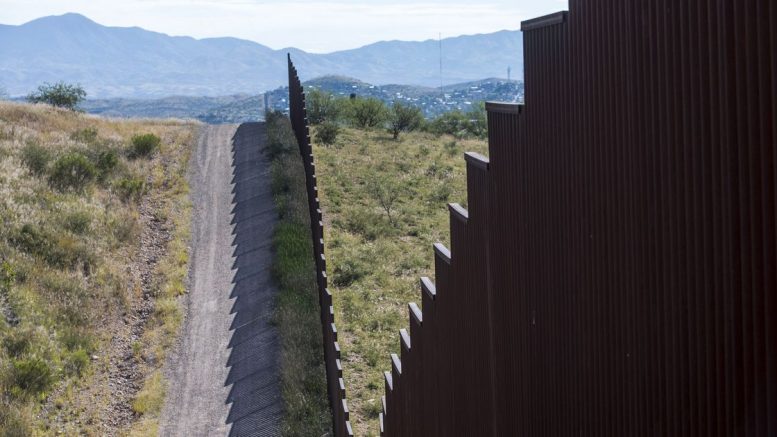It lists U.S. Department of Homeland Secretary John Kelly and Customs and Border Protection Acting Commissioner Kevin McAleenan as defendants.
The 42-page document alleges the federal government’s border security enforcement plan fails to comply with the National Environment Policy Act, and asks the agencies to conduct an environmental impact study that is already a decade overdue, just as the bidding process to choose designs for border wall prototypes is underway.
A 2001 preliminary study was conducted, and DHS was to conduct a more comprehensive study five years later, but it hasn’t been done.
“Border security policy has evolved and changed dramatically since 2001, the last time an analysis was done,” said Randy Serraglio, Southwest conservation advocate for the Center for Biological Diversity. “Things are dramatically different now. Border Patrol doubled in size, hundreds of miles of fencing are constructed already, and lots of damage has already been done.”
Enforcement along the border
The lawsuit details the effects of enforcement policies over those past 16 years, such as the destruction of wildlife habitat on public lands near the border, and the construction of roads and access points for federal agents. Given these changes, coupled with Trump’s plans for a wall, Serraglio said the lawsuit aims to hold the administration accountable.
Donald Trump’s border wall
“People in the United States have a right to know what the damage is going to be, what it’s going to cost, and how effective it’s going to be,” he said.
A spokesperson for CBP said Wednesday that they’re aware of the lawsuit, but that the agency does not comment on pending litigation. DHS also declined to comment.
In late February, CBP issued two calls for submissions on designs for border wall prototypes that will be built and tested near San Diego sometime in the summer. Over 200 companies expressed interest, and the agency is reviewing the submissions.
Congress authorized DHS in 2005 to waive environmental laws for the construction of physical barriers along the border. Since then, they have completed about 550 miles of fencing without analyzing the environmental impact.
It’s widely expected the Trump administration will continue to use these waivers to move forward with plans to build a wall.
Questions about funding
Rep. Raúl Grijalva, D-Ariz., has joined a lawsuit challenging President Donald Trump’s plans for a wall along the U.S.-Mexico border. (Photo: Chip Somodevilla/Getty Images)
Rep. Raul Grijalva, D-Ariz., the ranking member of the House Committee on Natural Resources, said he felt compelled to join the lawsuit because his southwest Arizona district includes nearly 300 miles of the border.
He said he hoped the lawsuit would not only force DHS to comply with the National Environmental Policy Act, but possibly delay selection of prototype wall designs and moving forward with construction of the border wall itself.
“There’s almost a fiscal reason to really study what we’re about to jump into,” Grijalva explained.
“The process for selection might be underway, but the process for funding that selection is still uncertain,” he said. “Trump can select away, but the House hasn’t appropriated the money he asked for in 2017, and the $2.5 billion it will cost in fiscal year 2018, and beyond that.”
The lawsuit also makes the case for updating environmental reviews to better assess the state of threatened and endangered species, and in particular the jaguar. Since the last study in 2001, there have been numerous jaguar sightings in southern Arizona, the most recent one in early 2017 near the Huachuca Mountains.
To read the full article, please visit www.azcentral.com.
Source: www.azcentral.com




